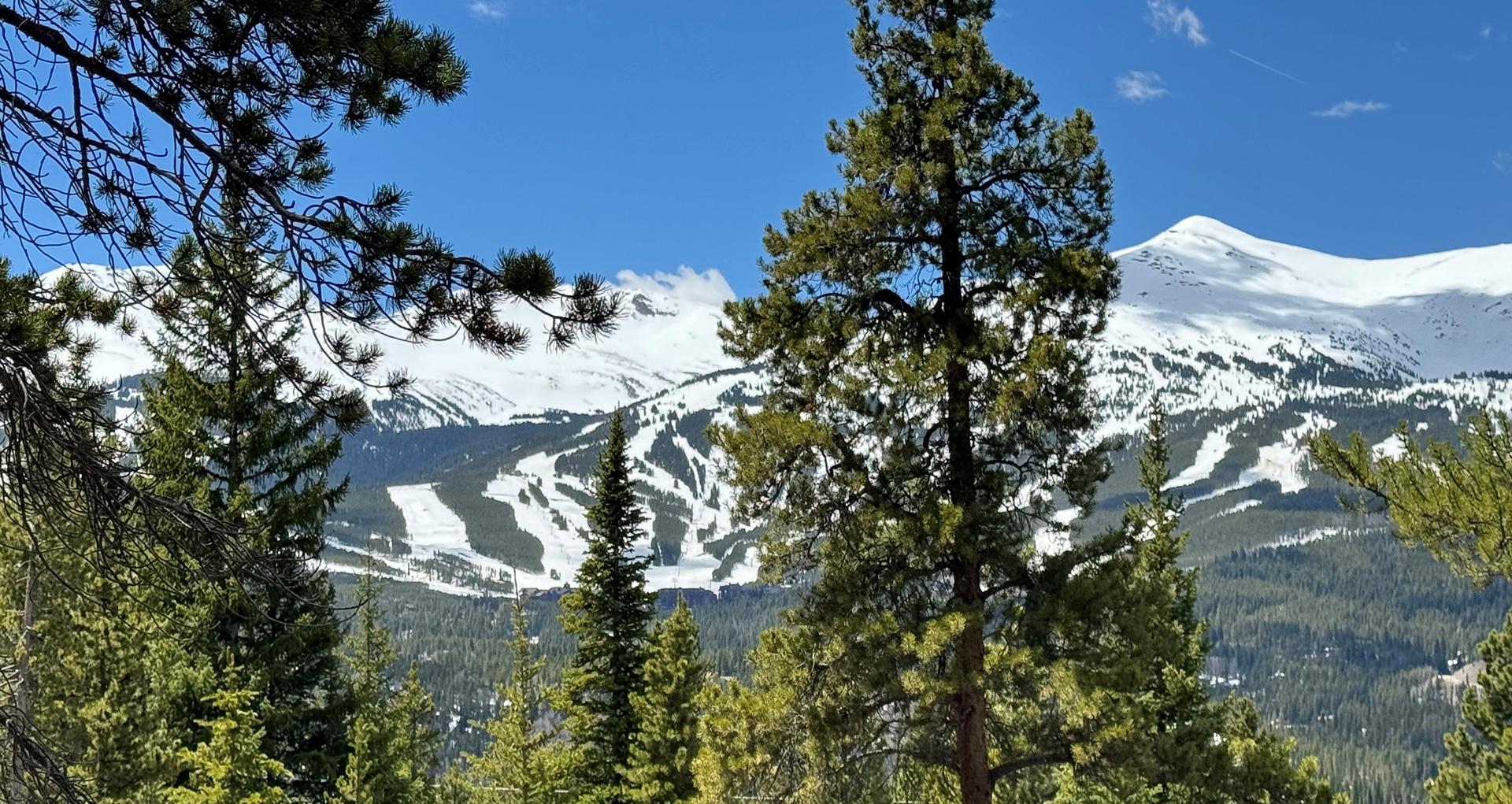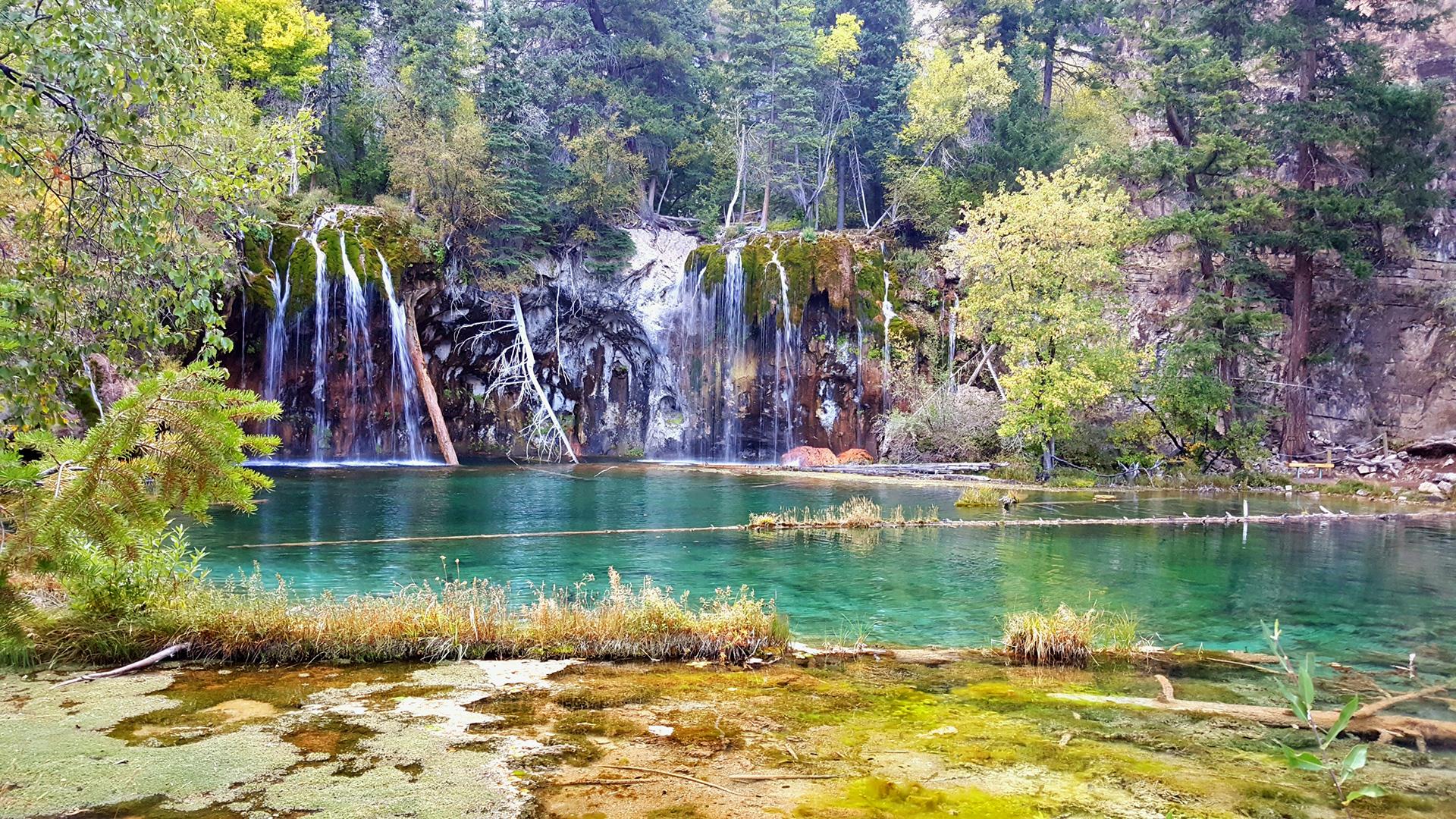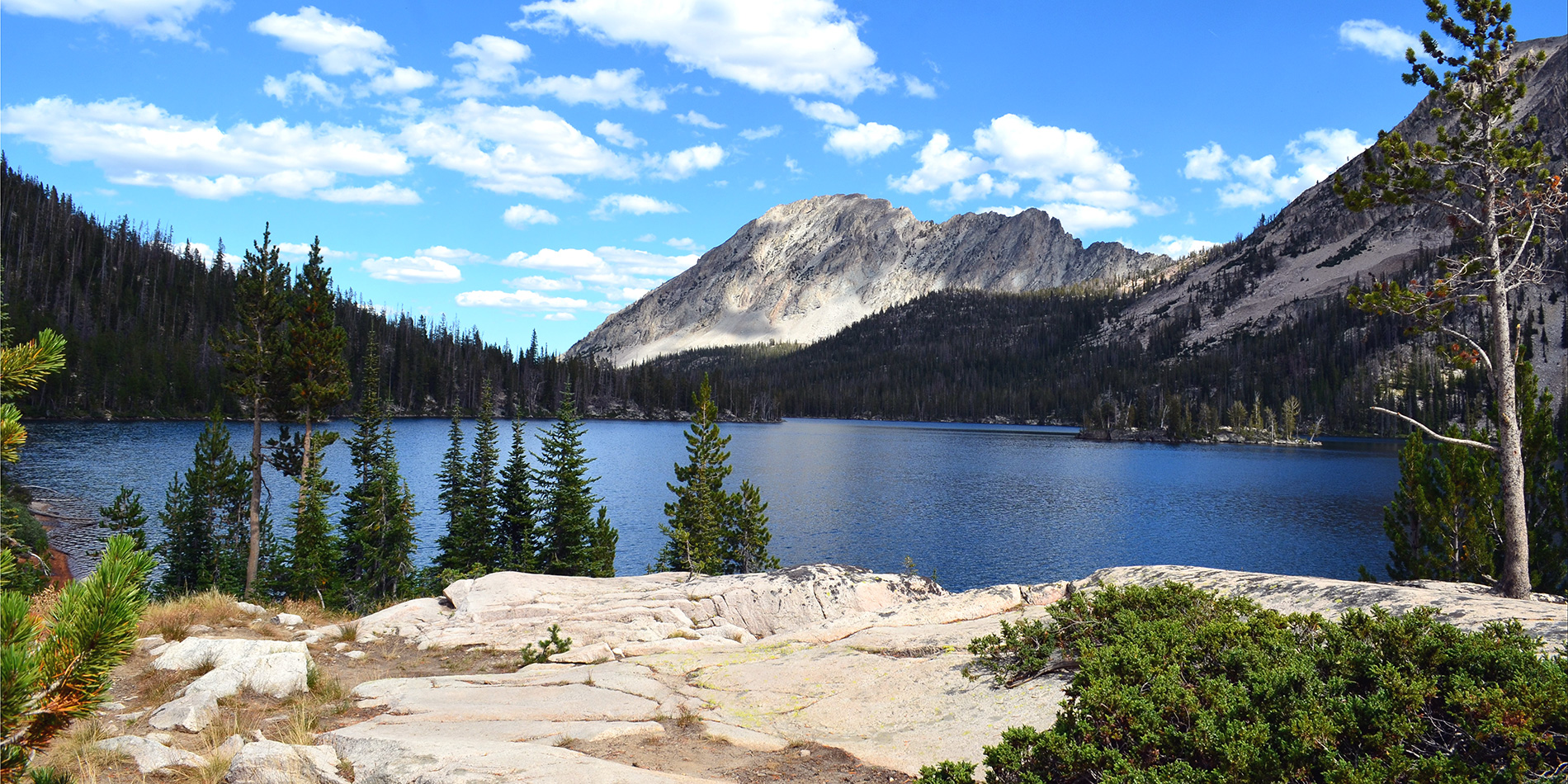Great Spirit Prayer (anonymous)
Oh, Great Spirit,
Whose voice I hear in the winds
and whose breath gives life to all the world.
Hear me! I need your strength and wisdom.
Let me walk in beauty, and make my eyes
ever hold the red and purple sunset.
Make my hands respect the things you have made and my ears sharp to hear your voice.
Make me wise so that I may understand
the things you have taught my people.
Let me learn the lessons you have hidden in every leaf and rock.
In the heart of Colorado, a stunning expanse of wilderness captivates visitors with its majestic landscapes and exciting and relaxing recreational opportunities like none other. It’s the White River National Forest and it spans over 2.3 million acres.
And the very size of this forested wilderness is a good thing because it is the most visited national forest in the United States.
What awaits those millions of outdoors enthusiasts is an unrivaled pristine wilderness with abundant wildlife, world-class ski resorts and 14,000 ft. high mountain peaks that surround the forest beneath like all-mighty sentinels of eternity.
Established in 1891, the White River National Forest boasts a rich history intertwined with the development of Colorado. Originally designated to protect the headwaters of the White River, the forest has grown to encompass diverse ecosystems ranging from high alpine environments to lush valleys. Its name is derived from the White River, a tributary of the Green River, which winds its way through the forest, providing crucial habitats for fish and other aquatic species.
The White River National Forest is also the ancestral home of the Ute Tribe.
The forest is renowned for its breathtaking scenery, which includes the iconic Maroon Bells, two of the most photographed mountains in North America. These twin peaks, standing at over 14,000 feet, are a testament to the region’s dramatic geology. The surrounding Maroon Lake reflects the mountains' striking image, creating a picture-perfect vista that attracts photographers, hikers, and nature lovers alike.
White River National Forest is also home to several world-famous ski resorts. The resorts offer some of the best skiing and snowboarding terrain in the country, with trails that cater to all skill levels. During the winter months, the forest transforms into a snowy wonderland, where powder hounds revel in the deep snow and challenging runs. But the forest is not just a winter destination. In the warmer months, the same slopes become lush green meadows, perfect for hiking, mountain biking, and horseback riding.
In 2022 President Joe Biden designated the 53,804-acre Camp Hale-Continental Divide National Monument with the forest to highlight a spectacular area within the forest boundary that was used to train winter soldiers during World War II and is important to the Ute people. Today, the monument area is well known for its outstanding recreation opportunities, including backcountry skiing, snowmobiling, hiking, and camping.
Wildlife thrives in the White River National Forest, where diverse habitats support an array of species. Elk, mule deer, black bears, and mountain lions roam the forest, while smaller creatures like marmots, pikas, and a variety of birds can be spotted throughout the year. Anglers are drawn to the forest’s streams and lakes, which are teeming with trout, making it a prime location for fly fishing.
Recreation in the White River National Forest extends beyond traditional outdoor activities. The forest is crisscrossed with hundreds of miles of trails, ranging from easy strolls to challenging backcountry routes. These trails offer opportunities for hiking, trail running, and backpacking, allowing visitors to immerse themselves in the natural beauty of the forest. Additionally, the forest is a haven for off-road enthusiasts, with numerous routes designated for ATVs and dirt bikes.
Preservation and conservation efforts are paramount in managing the White River National Forest. The U.S. Forest Service works diligently to maintain the health of the forest, implementing strategies to combat threats such as wildfires, invasive species, and climate change. These efforts ensure that the forest remains a vibrant and resilient ecosystem for future generations to enjoy.
For those seeking solitude, adventure, or simply a connection with nature, the White River National Forest offers an unparalleled experience. Its vast landscapes, rich biodiversity, and endless recreational possibilities make it a treasure of the American West. Whether you are skiing down a mountain, hiking through wildflower-strewn meadows, or simply soaking in the tranquility of a forest stream, the White River National Forest provides a sanctuary where nature’s grandeur is on full display.










